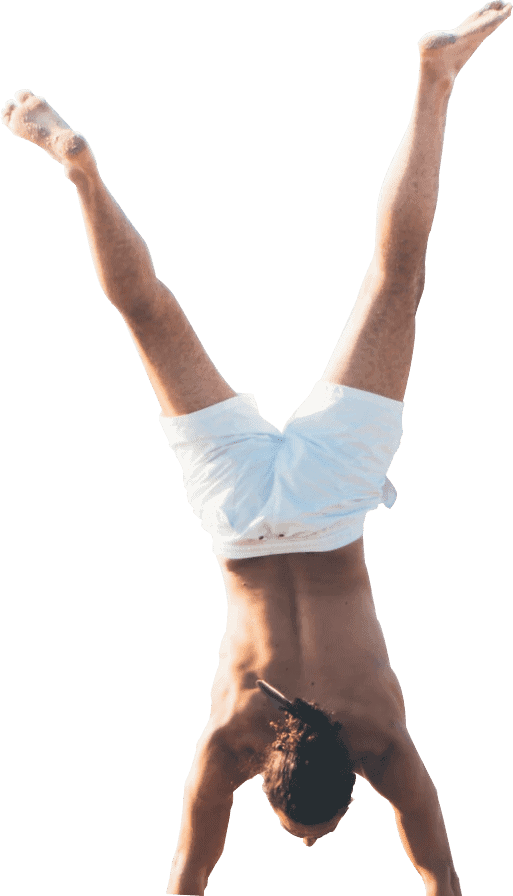By Jade Chan
Physiotherapist at Life Ready Mobile
Warming up and stretching before any exercise is important to prime the muscles for action and to prevent injury. However, the type of stretch you do and the time you do them can impact your performance. This is why it’s important that you do the right stretch – to get the most out of your exercise!
The most common types of stretching are static stretching and dynamic stretching.
Static stretching
This is a comfortable, gradual stretch held in one position for 30 seconds or more. Think of the classic hamstring stretch you did in school – trying to touch your toes while sitting on the floor. The purpose of this stretch is to improve flexibility by stretching a muscle or group of muscles to its maximum tolerated length.
The best time to do this stretch is after an activity when the muscles are warm. Static stretches after a vigorous activity can help reduce muscle tightness and soreness. Remember not to stretch into pain or you might risk getting a muscle strain or ligament sprain.
Dynamic stretching
Dynamic stretches fall under a larger category known as active warm-up. This type of stretching involves repeating low impact movements, with each movement stretching further into range. It can also include sport-specific movements or agility drills. Imagine bodyweight squats for weight lifters, arm swings for baseball players, side skipping for soccer players and a light jog for sprinters. The purpose of this stretch is to mentally and physically prepare, as well as power the muscles and joints for movements to come in the activity or sport.
The best time to do this stretch is before an activity. Dynamic stretches before a vigorous activity have been shown to increase muscle power, improve speed, agility and overall performance. It also raises the heart rate and warms up the body which helps the muscles work more effectively.
Preventing injuries
Keeping fit by doing regular exercise is the best way to prevent an injury. Exercises like Pilates not only strengthen the muscles but also improve flexibility. For everyday life, research recommends regular stretching at least twice a week to help keep muscles limber and joints agile.
If your goal is to be more flexible (like achieving a side split for ballet or gymnastics), then static stretching can help you do that. However, if your sport requires you to also do jumps, quick lunges or any power-based movements, then you’ll want to include dynamic stretching in your warm-up to boost your muscle strength and speed.
As you can see, both static and dynamic stretching are useful, however, they must be done correctly to prevent injury. Be sure to consult a sports physiotherapist or a relevant exercise health professional to learn the right stretches for you and your sport.
Got a sports-related injury? Don’t worry, our friendly team of physiotherapists can help you get back on track to playing the sport you love. Get in touch!
